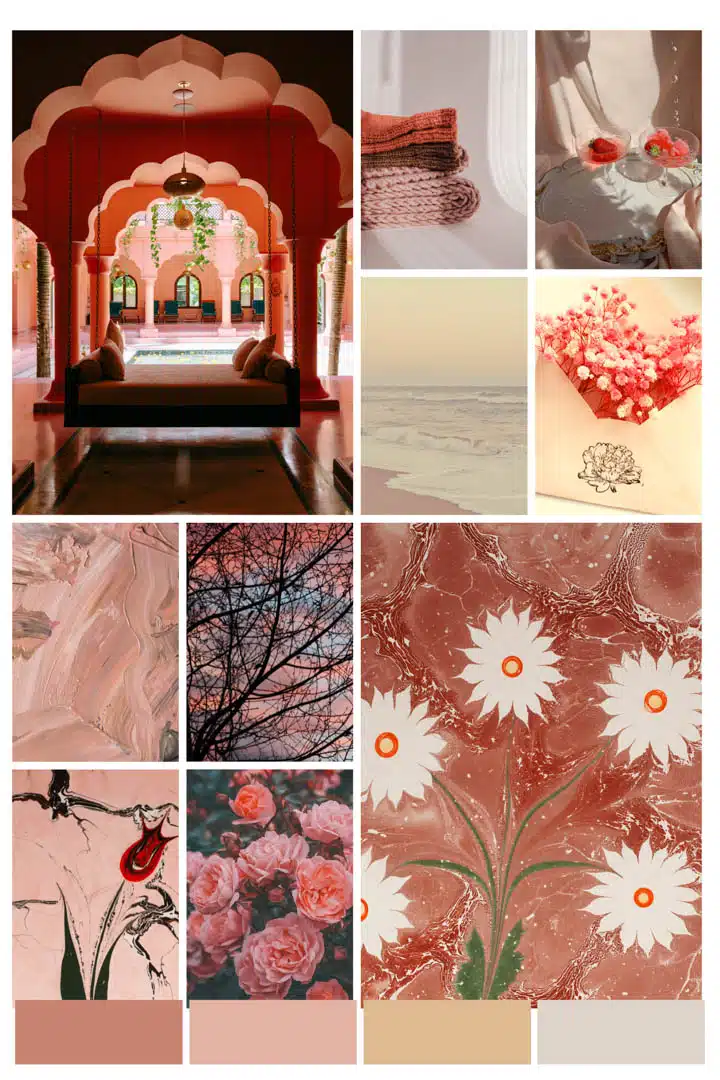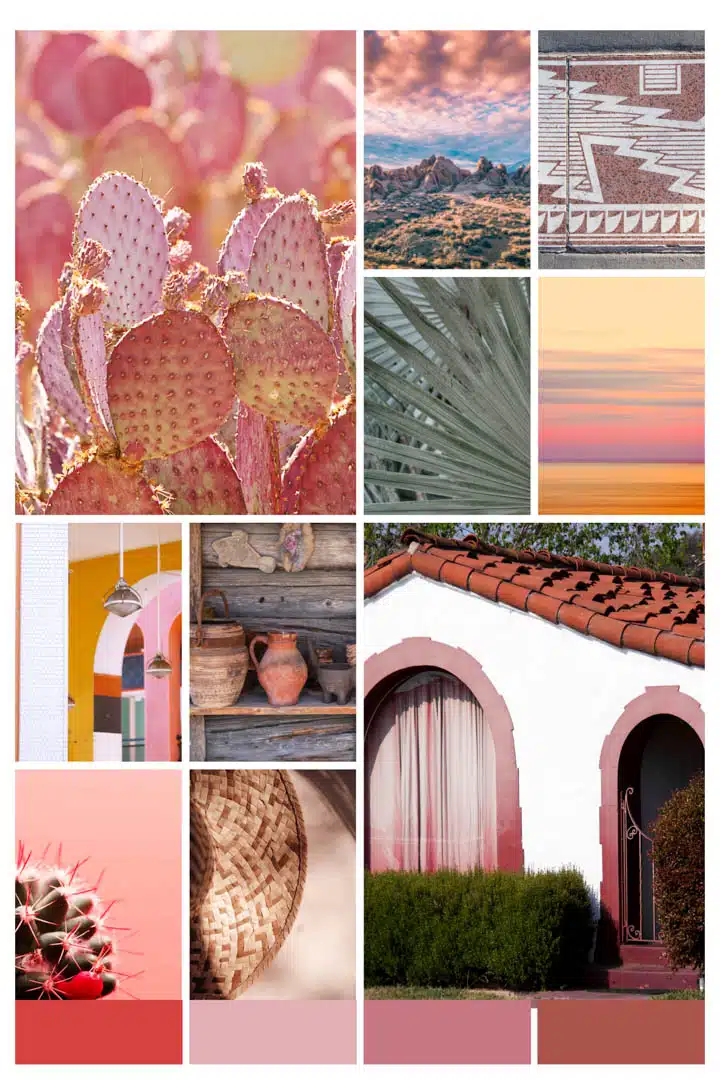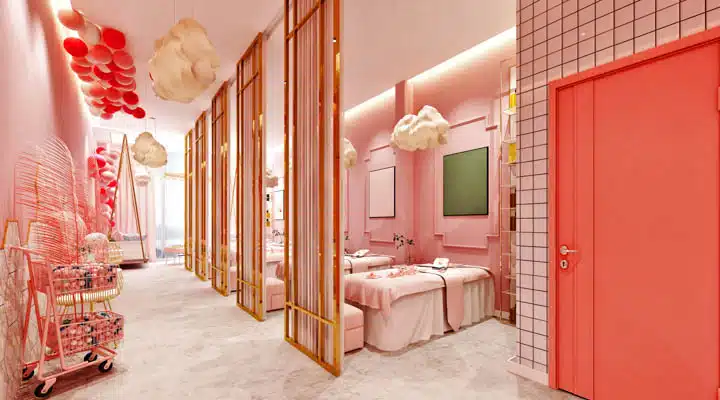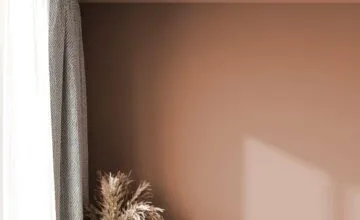The Color Pink: Essential Color Theory, Symbolism and Design Application
04/12/2022 | Sara McLean |
With just a touch of red, the color pink is a playful hue replete with a multitude of associations around the world. Whether baby pink or fierce fuchsia, pink has been at the forefront of fashion and interior design over the past decade. And as 2010’s Millennial Pink morphs into varying degrees of peach and warm tones for the 2020s, we continue to see all shades of pink pop up each year in a variety of design industries.

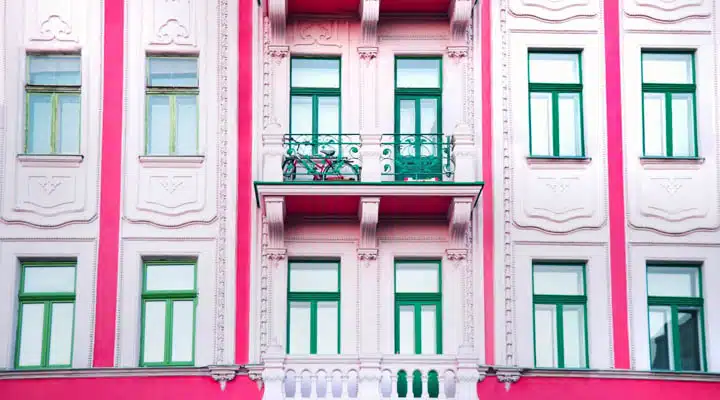
Viewed as a feminine-centric color in many cultures, pink has historical references to romance and tenderness, children and women—though only considered the symbolic color for girls since the 1940s. So what else can we learn about this color that has captured so much global attention?
How is Pink Created?
Pink is a tint of the primary color red, so it is not on a traditional color wheel. It is made by mixing white and red together, creating a paler version of red. On modern color wheels, pink is viewed alongside red and mauve. Paler shades of pink, or tints of red, are created by adding more white to red pigment to produce the desired result. And to achieve darker pinks, more red or a little black is added to the recipe.
To achieve other shades of pink, other colors can be mixed together:
- Dusty pink or muted rose tone – mix together pink and violet. This nostalgic-looking color has been a longtime favorite for both interiors and fashion.
- Coral pink – mix together pink and orange to create this shade reminiscent of precious coral. First recorded as a color in England in 1513, coral can create a sophisticated, feminine atmosphere.
- Peach pink – mix together pink and orange, with a touch more orange, to create this shade of pink that is brighter than coral pink. This color name comes from the skin of peaches and is warmer than pink. Inviting and energizing, peach pink was a key color of the Art Deco period in the 1920s – ’30s.
- Blush – mix purple with pink to create a soft, warm, glowing, muted shade of pink. Blush is a term first used to describe this shade of pink in the English language in 1590. As it leans toward the hint of neutrals, blush is widely appealing in both fashion and interiors.
- Powder pink – a soft, delicate shade of pink. As one of the most versatile and likable shades of pink, which can be used as a neutral, it has been a favorite for centuries and shown everywhere from Versailles to modern homes.
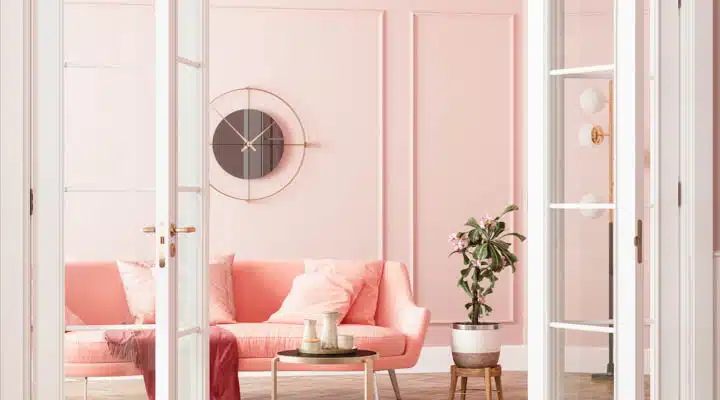
- Cameo pink – a fresh shade of pink that leans toward mauve and is chic and feminine. Cameo pink is popular in fashion and interiors and is a great color choice for almost any room in the home. And, this is a great color option for cottagecore themed room interiors.
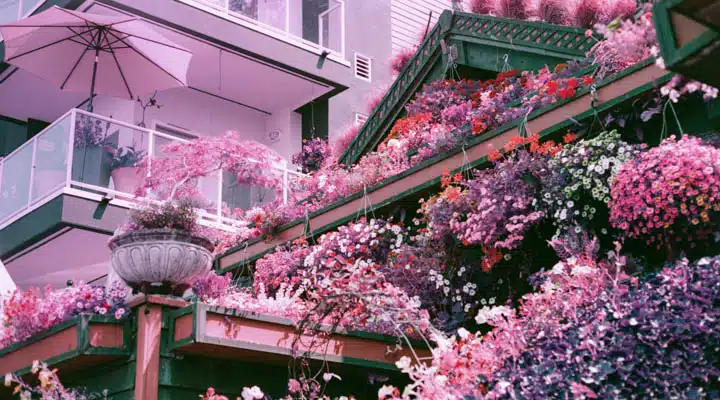
- Camellia rose – a vibrant pink named after the flower native to Japan. As a hot pink, this shade looks great in spaces that invite attention, such as entryways, dining and living spaces.
- Flamingo pink – a brighter pink with a touch of orange similar to flamingo feathers. A tinge of fluorescence to the shade of pink creates a bright, eye-popping touch to fashion and interiors.
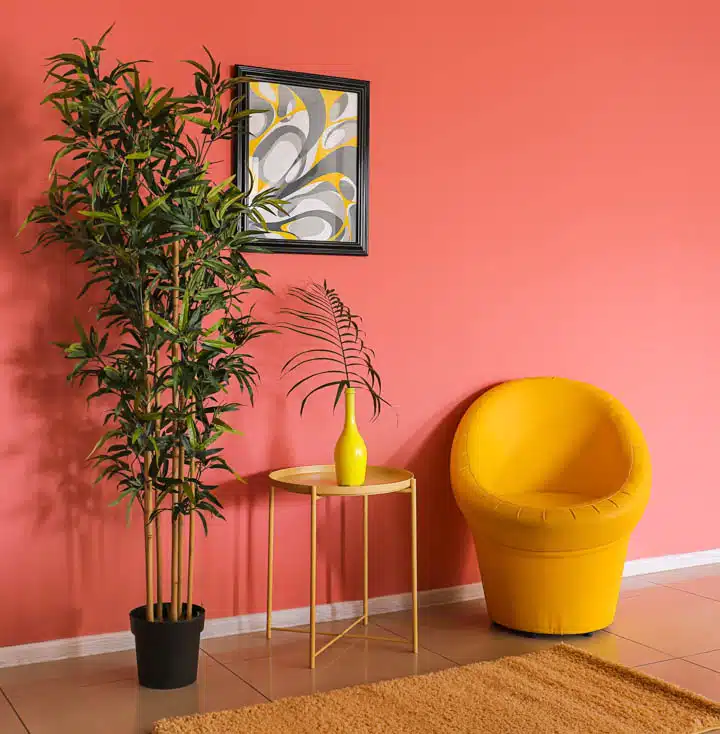
- Magenta pink – a vivid mix of red and blue. This color is quite lively and pleasing to the eye for how bright it appears and is ever-present in fashion and art.
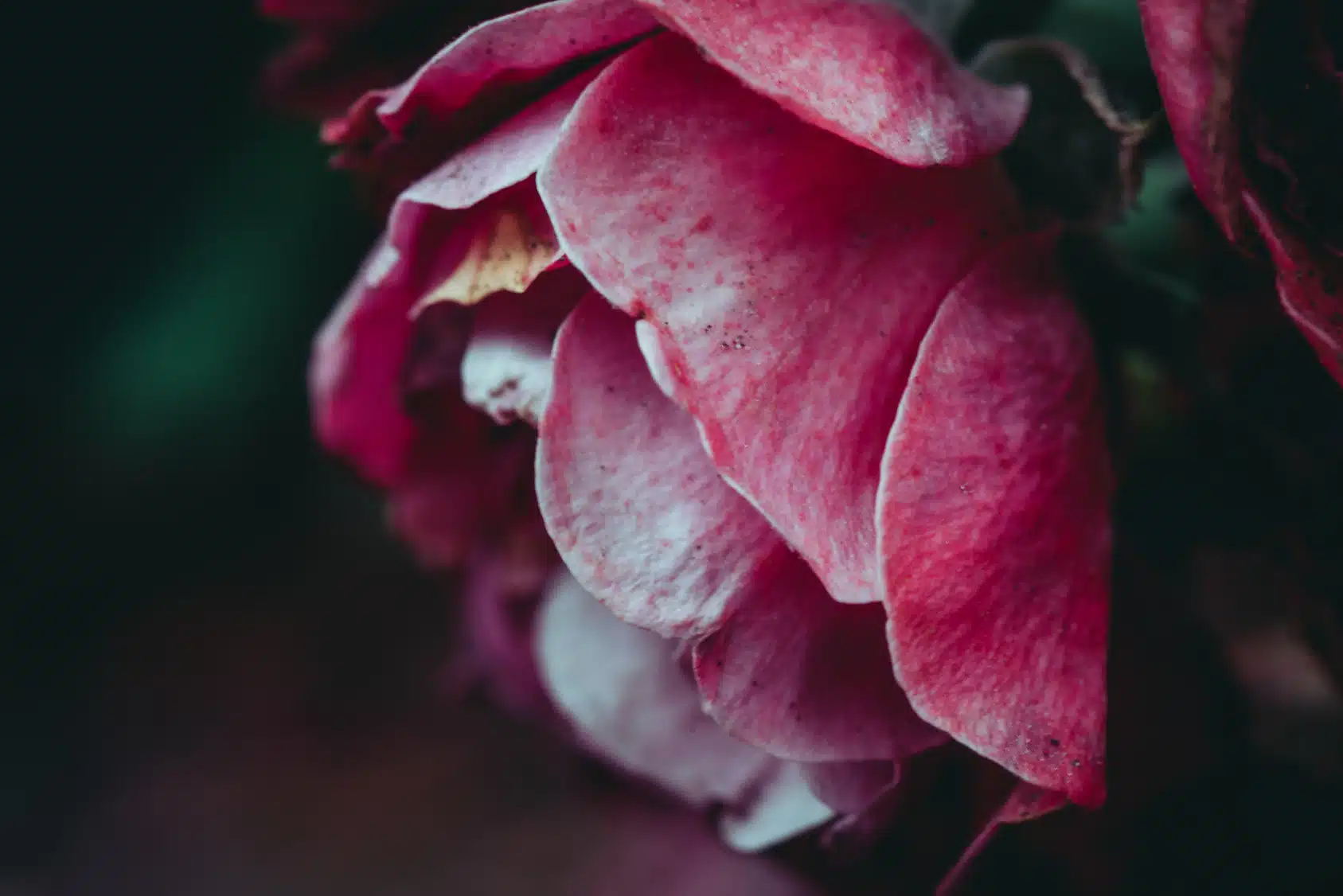
- Hot pink – a classic pink that has shown up in documents back to 1849, this brighter shade is most closely associated with the 1980s pink obsession and is once again showing up on fashion runways. It is the shade most frequently paired with red for a vibrant color combination these days
The Meaning of the Color Pink
Pink is one of the rare colors that comes from two opposing sides of meanings. Generally known as a positive color, pink is derived from fiery, passionate red and the purity and innocence of white, which give the hue
a youthful, energetic feeling. Pink has a wide range of associations including:
- Friendship, care and compassion. Many nurses and health care professionals’ uniforms are in shades of pink.
- Femininity and a color for girls. Within the last century, pink has become a gender-specific color for females and is connected to kindness, romance and love.
- Preppy, hypermasculine and men’s sports. Before the push to use this color as a gender-specific reference to females, pink was used to convey wealth and status, along with references to men’s sports.
Where Does the Color Pink Originate From?
Pink is a naturally occurring hue that shows in sunrises and sunsets, in a variety of flowers and the feathers of birds and scales of fish, and even within precious stones. Since ancient times, there have been references to the color pink.
- In the 8th century BC, Homer’s Odyssey references pink as the rosy color of dawn, “Then, when the child of morning, rosy-fingered dawn appeared …”
- In ancient Roman times, the Latin word roseus, from the flower of the same name, was used in reference to pink.
- In the Middle Ages and Renaissance, pink was depicted in many religious paintings and became a symbol of marriage and bonds between mothers and children. One such painting by Raphael, The Madonna of the Pinks, shows the Christ child giving a pink flower to his mother, the Virgin Mary.
- During the 18th century, pink became quite fashionable to wear in Europe among the royals and upper echelon. As many famous mistresses were known to favor this color, it became known as a color of seduction and romance.
- By the 19th century, English boys dressed in pink outfits and ribbons, as pink was a lighter version of red, which was the color of military uniforms. Signifying nationalistic pride, these outfits were prevalent during the period.
- Finally, by the 20th century, pink became associated with females, most notably after World War II, when famous figures such as Mamie Eisenhower, Jackie Kennedy and Elsa Schiaparelli wore and designed fashions with pink, and it quickly became a favorite of women to wear and use in the home.
- In the 1970s, hot pink became a symbol of rebellion and anarchy, and the punk rock movement took over the underground music scene. Posters, album covers, shirts and other musical ephemera were layered in hot pink.
- Most recently, Millennial Pink has become the color symbol of the millennial generation. With its connotations of gender fluidity and rejection of conservative values, the flesh-tone shade of pink has become ubiquitous over the past decade.
How to Design With Pink
Pink is such a versatile hue that it can be included in designs that range from sweet nurseries to sophisticated restaurants. There really are no limitations when using the color in the right shade for its intended space. Here are several design ideas:
- Pair dusty pink with charcoal and navy for a moody effect.
- Use coral pinks and peach pinks with earthy, warm neutrals, yellows and greens for a ’70s revival or desert design inspiration.
- Try hot pink with crisp white and silvery gray for an uptown penthouse vibe.
- For a monochromatic palette, add different shades of pink.
- Incorporate a complementary color palette by pairing pink with lime green.
Find out how Millennial Pink became such a global phenomenon and look at more ways to incorporate pink into your designs. Need more inspiration? Look to our 2022 color + design trends report.
Featured Articles
-
 Best Oranges for the Perfect Summer Beach Cottage
Best Oranges for the Perfect Summer Beach Cottage
-
 Get Ready for Fall with These Trendy Color + Design Moods
Get Ready for Fall with These Trendy Color + Design Moods
-
 Try These Color Palettes To Nail A Tomato Girl Summer At Home
Try These Color Palettes To Nail A Tomato Girl Summer At Home
-
 Embracing Barbiecore: Popular Pinks Throughout The Ages
Embracing Barbiecore: Popular Pinks Throughout The Ages
-
 The Color Yellow: Essential Color Theory, Symbolism and Design Application
The Color Yellow: Essential Color Theory, Symbolism and Design Application














